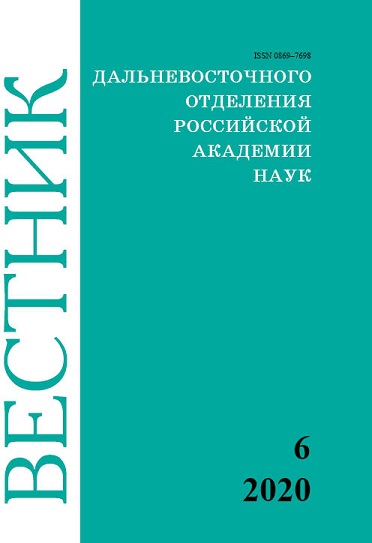Ecological and economic assessment of the integrated rice husk processing scheme. O.D. AREFIEVA, E.S. SEDINKINA, L.A. ZEMNUKHOVA, K.V. SMITSKIH
Keywords:
rice husk, processing, the integrated scheme, economic assessment, ecological assessmentAbstract
Ecological and economic assessment of the integrated rice husk processing scheme. O.D. AREFIEVA1,2, E.S. SEDINKINA1,3, L.A. ZEMNUKHOVA2, K.V. SMITSKIH3 (1Far Eastern Federal University, Vladivostok; 2Institute of Chemistry, FEB RAS, Vladivostok; 3Vladivostok State University of Economics and Service, Vladivostok).
To date, the processing of rice production waste has become an important technical and environmental problem. However, there is not much information on the environmental and economic assessment of the proposed projects in the scientific and technical literature. The purpose of this work was an ecological and economic analysis of the integrated scheme for processing rice husks to produce amorphous silicon dioxide, fibrous residue and alkaline lignin. The object of the study was the rice husk of the Dolinny variety, selected in Timiryazevka village, Primorye Territory. In this paper, a technological scheme for processing rice husks was proposed, focused on obtaining two base products: amorphous silicon dioxide and cellulose fiber residue, including the possibility of isolation of alkaline lignin. The level of profitability of the proposed technology was 30 %. Dynamic indicators (profitability index – 1.4, net present value – 4324.42 thousand rubles) indicate the effectiveness of the project. The calculation of environmental damage showed that the process of isolation of silicon dioxide and alkaline lignin from hydrolysate allows significantly improving its quality indicators, while the economic benefit is equal to 281.43 thousand rubles.


